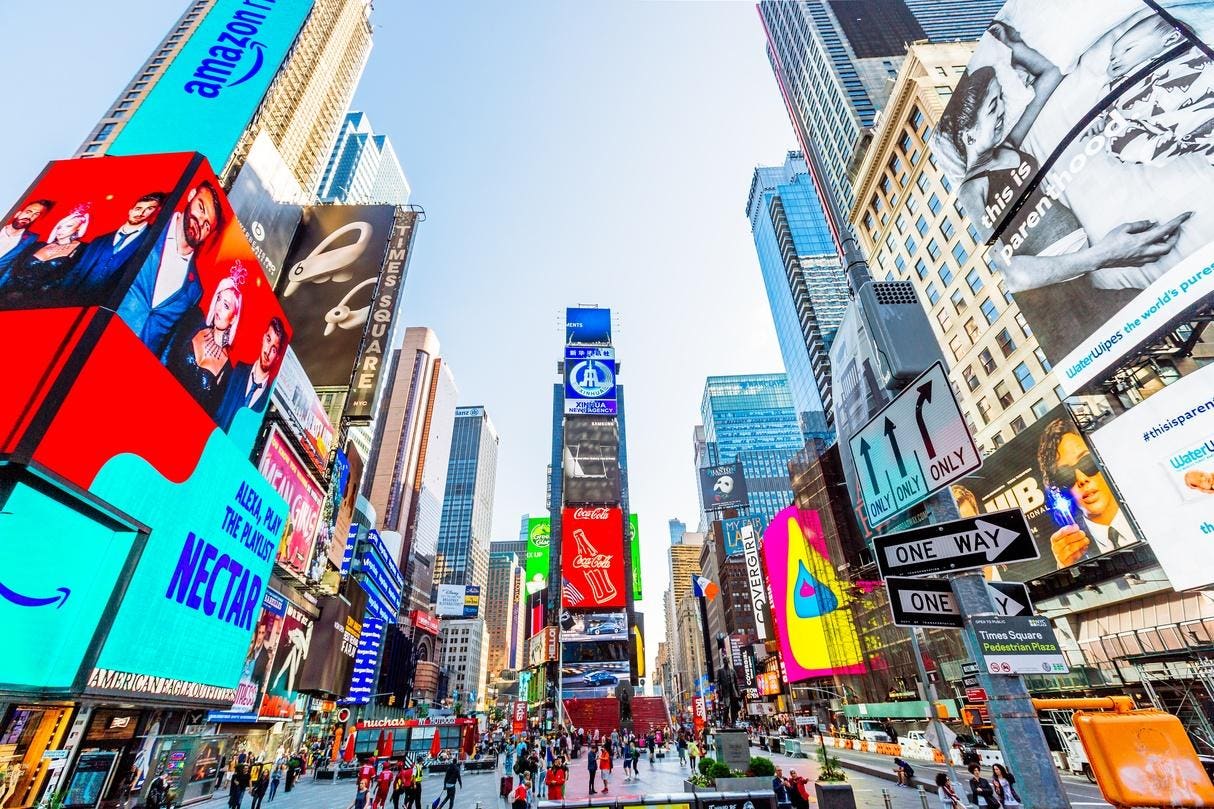Srikanth Ramachandran is the Founder and Group CEO of Moving Walls Group, an adtech and enterprise SaaS leader for the OOH media industry.
Media has an unparalleled ability to shape public opinion, influence behaviors and bring critical issues to the forefront of society. This power extends far beyond entertainment and news, with the potential to create meaningful change by supporting non-profit causes and promoting social good.
Numerous examples are a testament to the potential of media as a formidable force for good. Consider the “It Gets Better” project, which utilized online video to offer support and hope to LGBTQ+ youth. This campaign resonated with people worldwide, offering solace and fostering a sense of community. Similarly, the “Ice Bucket Challenge” used social media to raise awareness and funds for ALS research, with celebrities and ordinary people alike taking part in the viral campaign.
The Business Of Giving Back
Sustainable businesses prioritize long-term viability by integrating sustainable practices into their core operations, including resource conservation, responsible sourcing and fostering a positive societal impact while pursuing financial success.
Many media owners have increasingly recognized the importance of supporting non-profit causes and giving back to the community. Donating media space or airtime to causes can have a significant impact on raising awareness and driving support for various social issues. Some examples include programs like Twitter for Good (from the company now known as X), Facebook Community Fund and Spotify Gives Back. Some companies are offering discounted or free media to non-profit organizations. Print, TV and radio broadcasters have also supported their local communities through public service announcements (PSAs).
There have also been many successful regional out-of-home (OOH) campaigns supporting non-profit causes. Their contributions help amplify the reach of charitable organizations, raise awareness for vital issues and encourage social responsibility within the media industry.
The Rise Of Technology
Programmatic technology has revolutionized the media industry, leveraging data and automation to match advertisers with media sites efficiently. Advertisers use algorithms and real-time bidding to target specific audiences, optimizing ad placement for relevancy. Media sites benefit from increased ad revenue, as the automation ensures ads are shown to the right audience, boosting user engagement. Consumers receive more relevant and personalized content, enhancing their online experience.
This data-driven approach largely reduces ad wastage, making it cost-effective for advertisers. Overall, programmatic advertising creates a win-win situation, delivering value by maximizing ad effectiveness, revenue for media sites and personalized experiences for consumers.
It’s evident that the proliferation of digital screens is on the rise. Research suggests that our ability to remember information improves when we encounter visuals that change over time, which I think is a key factor contributing to this growth. Broadly speaking, two business segments are fueling this expansion.
Firstly, the advertising media sector, particularly digital out of home (DOOH), plays a significant role. DOOH is poised to secure a substantial share of advertisers’ budgets in 2023, estimated at around $17.5 billion. These digital screens can be found in various locations such as airports, roadside areas, indoor venues and transit environments.
Secondly, the digital signage industry is thriving, especially in retail environments where screens are used for menu boards and information displays. Industry projections anticipate that commercial displays will see shipments reaching approximately 40 million units in 2025.
These digital screens or signage systems have extra media airtime that can be utilized to convey socially relevant messages that pertain to the community in which they are located.
Numerous sectors have embraced technology to connect surplus resources with worthy causes, fostering positive contributions to our global community. For instance, hotels and restaurants have successfully partnered with food banks to distribute unsold meals to those in need. Platforms and tools such as Catchafire and Taproot Plus, have emerged that facilitate the matching process between causes and volunteers.
Empowering Change: Harnessing Unused Digital Signage
In the digital media industry, Google Ad Grants has an initiative that supports validated NGOs with up to $10,000 per month of search ads credit. Numerous prominent DOOH media owners, including Ocean Outdoor and OOH!, extend community support through free media airtime for causes they champion.
DOOH is also embracing programmatic advertising. On such media, “filler content” gets displayed when there are no advertising campaigns scheduled or targeted to run during a particular slot. This filler content ensures that screens are never empty and usually promotes screens to potential advertisers or just showcases the current time or even weather conditions. My company recently launched a portal that leverages programmatic DOOH technology to match non-profit cause campaigns to the unutilized ad spaces.
I’m of the opinion that digital space shouldn’t exclusively apply to advertising-centric businesses, and I suggest all businesses running digital signage displays adopt this approach. Thanks to widespread internet access, all these screens are now seamlessly connected to the cloud. There’s a potential for these commercial displays to be unlocked as a major force of good.
I believe that remaining passive is no longer an option. Navigating the age-old question of who should take the first step in the intricate dance of demand-supply optimization has long been a challenge. Drawing from my growing experience in collaborating with non-profit causes, it’s evident that these organizations are actively seeking assistance to amplify awareness and garner support for their vital missions.
Media companies can adopt a straightforward, yet effective, two-by-two framework, with the X-axis representing the spectrum of engagement desire, ranging from passive to active, and the Y-axis signifying the scale of impact, from local to global. By aligning their priorities with this framework, media companies can determine their next steps strategically.
For instance, those situated in the passive quadrants can explore participation in aggregation services like those that match non-profits with opportunities, while those in the active and local quadrant may identify a local cause close to their hearts for deeper engagement. Those aiming to extend their support globally can establish dedicated corporate social responsibility (CSR) teams within their organizations.
By embracing this pragmatic approach, media companies can forge meaningful connections with non-profit associations, driving positive change on a scale that truly matters.
Forbes Business Council is the foremost growth and networking organization for business owners and leaders. Do I qualify?
Read the full article here





